Posted by Sam, Raffael on July 14, 2017.
It’s been a year of highs and lows, but one thing is certain: all of us at Octanis are proud of what this community has accomplished in the past year. We built, sent and returned our rover safely, we began playing with digital nestboxes, we created a new way to share tools and are now inspiring a new generation of octanauts to go their own path.
We’ll be taking some time off the coming two weeks, which is why we wanted to share this post with you now. It shall serve as a record of the highlights of the past year.
Skip to:
All the way back during the 2016 Easter break we launched a high altitude balloon which flew to an altitude of 30km, deployed parachutes and landed in Aarau, 200km away from its place of departure (Lausanne). The objective was to test the rover electronics in a harsh environment (it gets pretty cold at 30 km altitude) and train the execution of a mission that requires excellent teamwork. The electronics mostly worked during flight, however the onboard storage system failed. Data was still transmitted via GSM and LoRa for tracking. The LoRa network our payload connected to was TTN Zurich, 60km away from the point of transmission. The assembly landed in a 20m tall tree, which we had to climb in order to retrieve it.
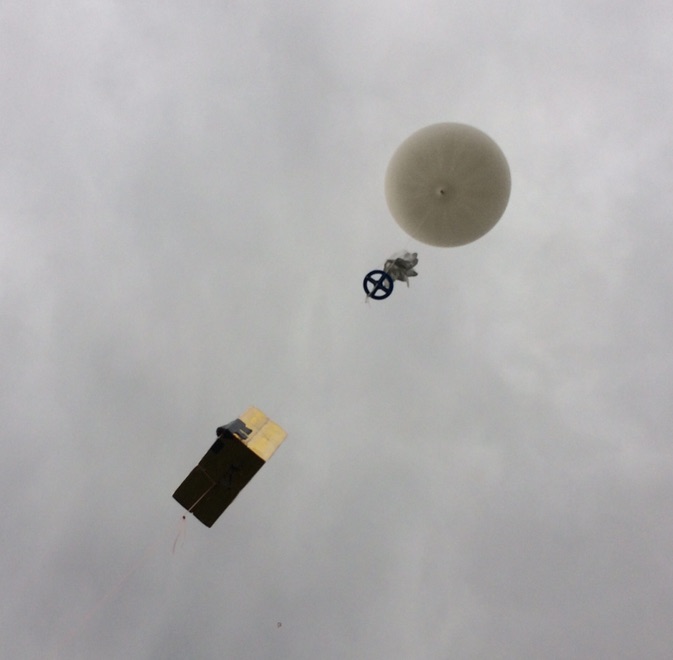
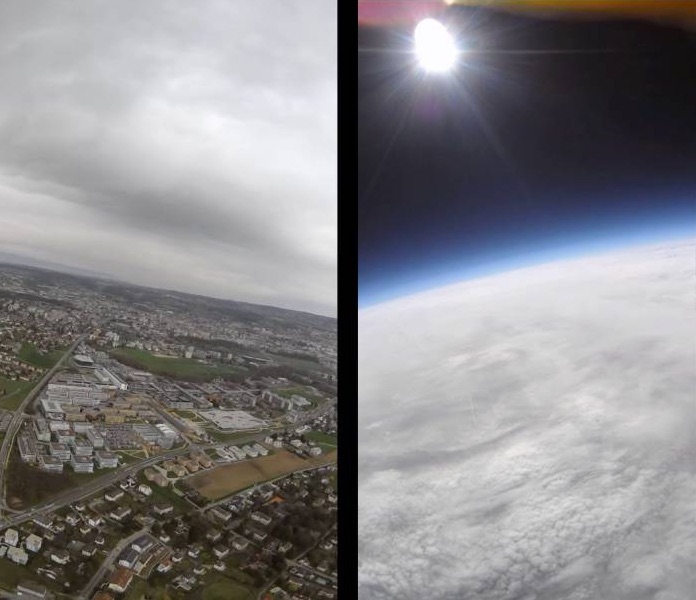
At the same time in April we received notice that there would be an expedition to Antarctica by researchers from LGGE, University of Grenoble and that they were interested in taking the rover with them. We were extremely excited by this opportunity and scrambled to make sure that we could adapt the rover to the work of the researchers.
The rover would have to be ready by August/September and it would get transported there by plane, its batteries by ship. We called for help among our fellow students and occupied Hackuarium all summer long to make sure that we made the hard deadline. To get the must-have items done, we had to skip many things we would have liked to do: the rovers active suspension, onboard IMU, external joystick, replacement wheels, lightning sensing, obstacle detection and avoidance, and many more. And so we started work, spent days and nights, printing, soldering, debugging, crying and laughing.
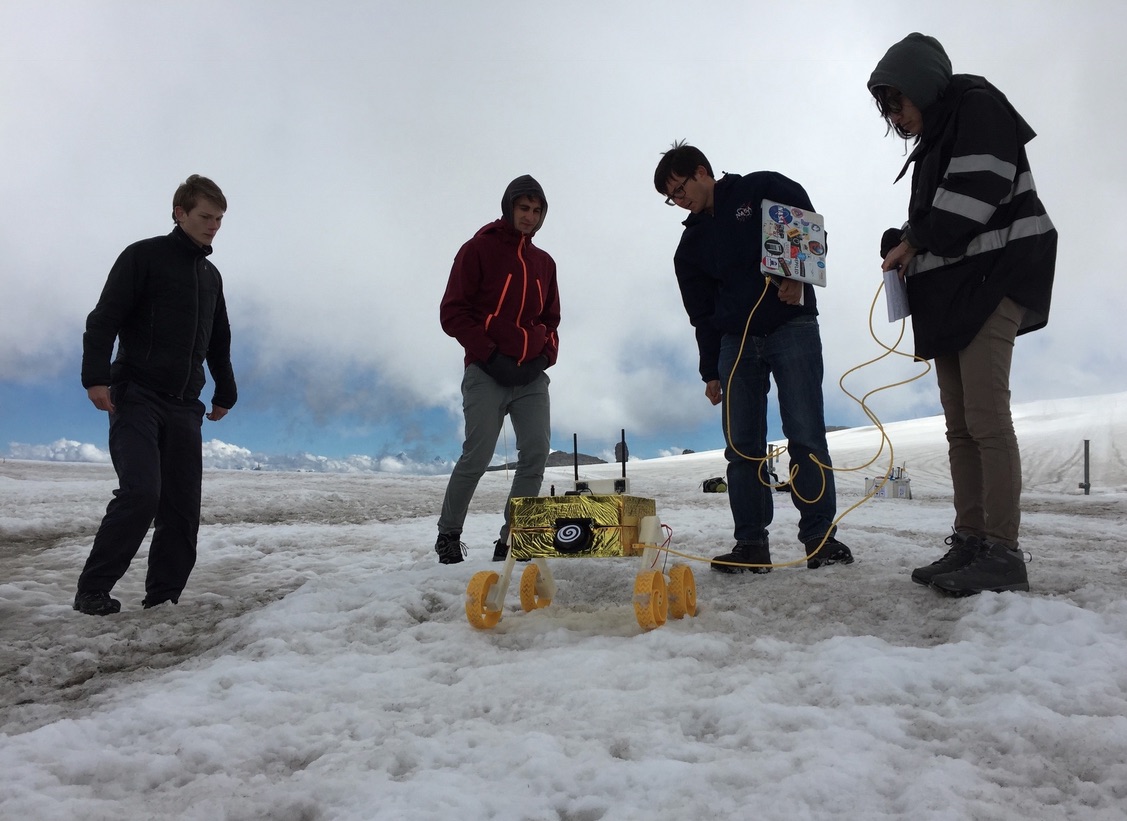
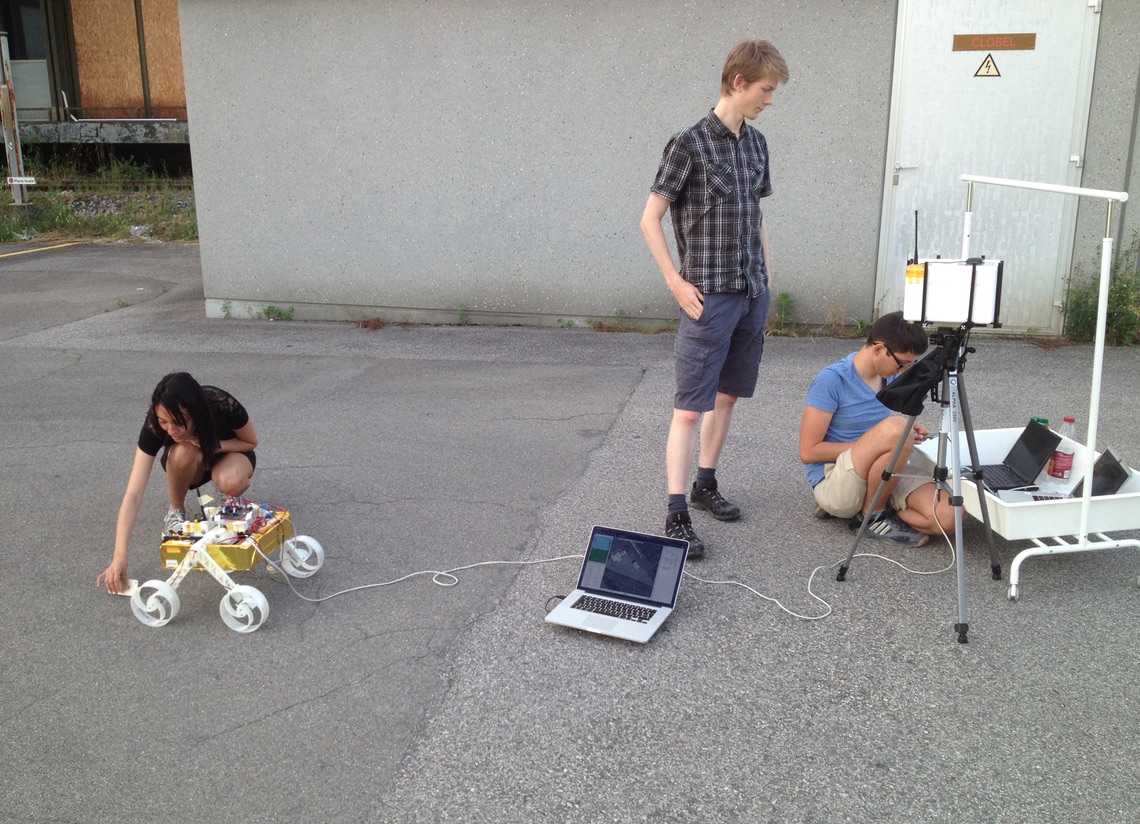
After delivering the rover to Grenoble it was sent to Hobart, Australia by air cargo. From there it went by boat to DDU Antarctica. During this time we awaited first contact.
Months went by and we woke up one morning to receive the first satellite messages of the rover. That meant that at least the most important systems were working fine and that the researchers had managed to boot up the rover! Words cannot do the emotions of those moments justice.
We will describe what happened on the mission in more detail in an upcoming blog post, so stay tuned! You can read about the scientific expedition here. Or listen to a radio interview we gave about the rover here.
Now, the rover is back in our hands and is waiting for us to take a peek into its internal storage which we will do in a few weeks. For now we leave you with some photos that the researchers took during the expedition:
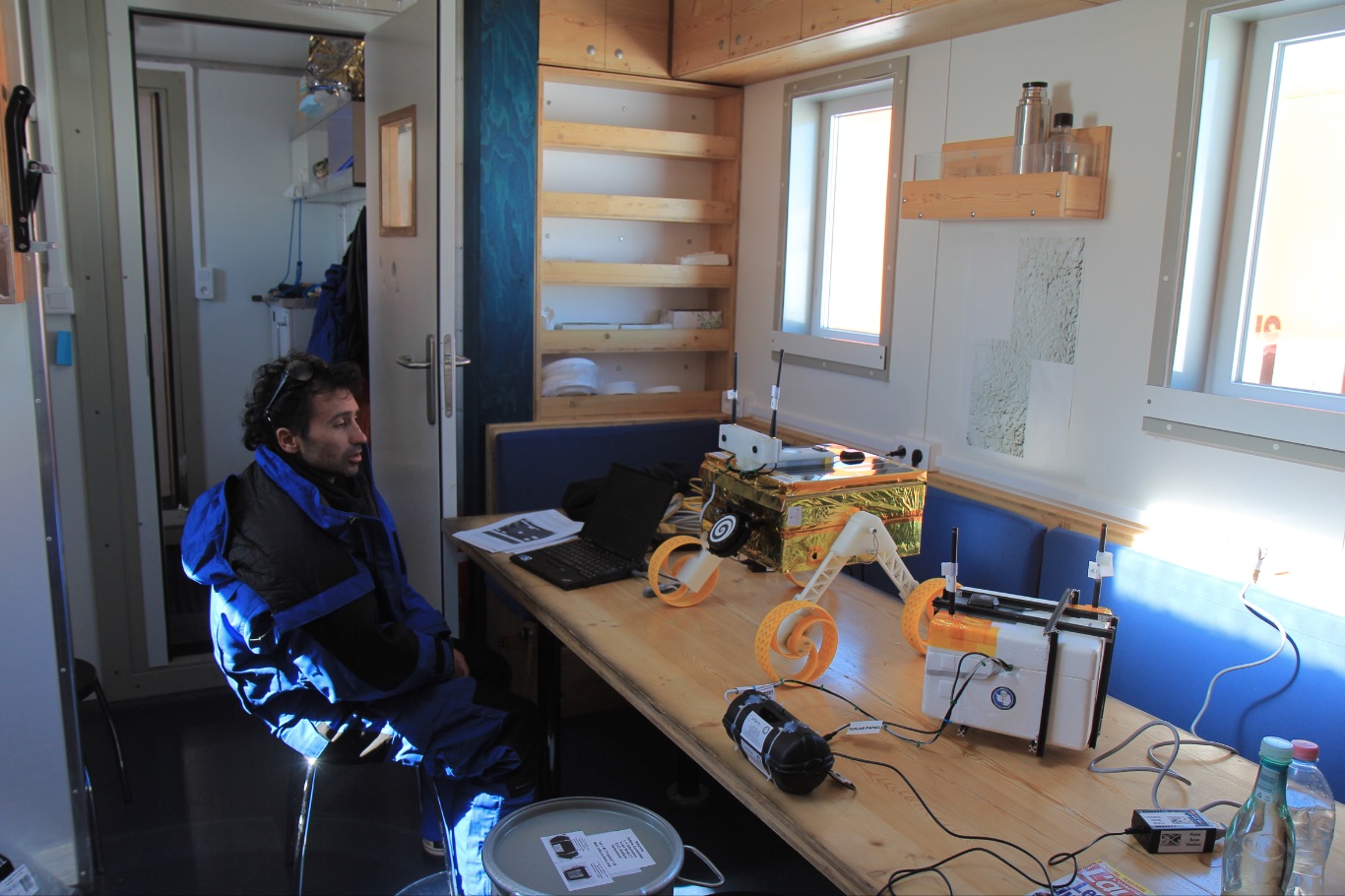
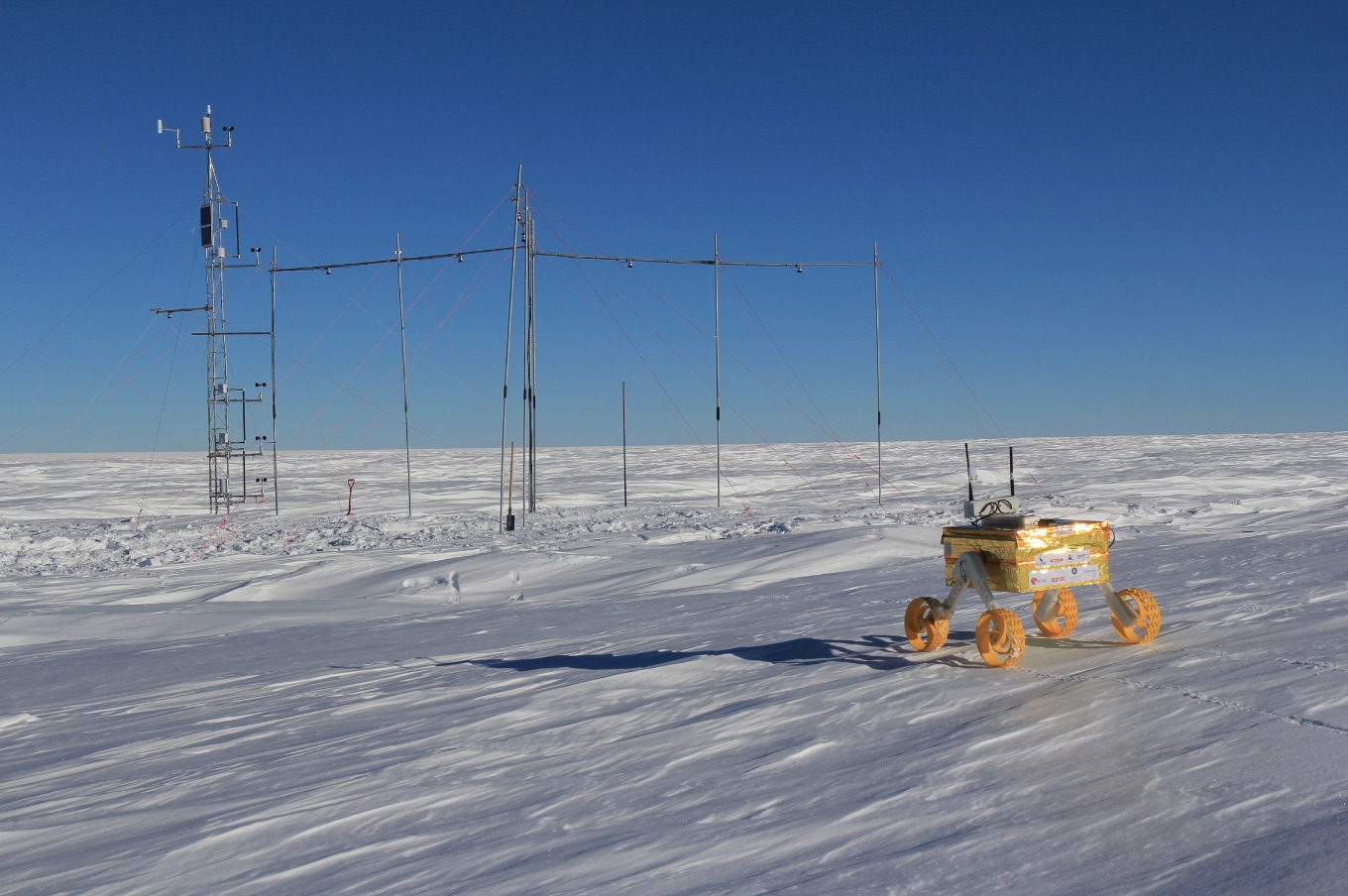
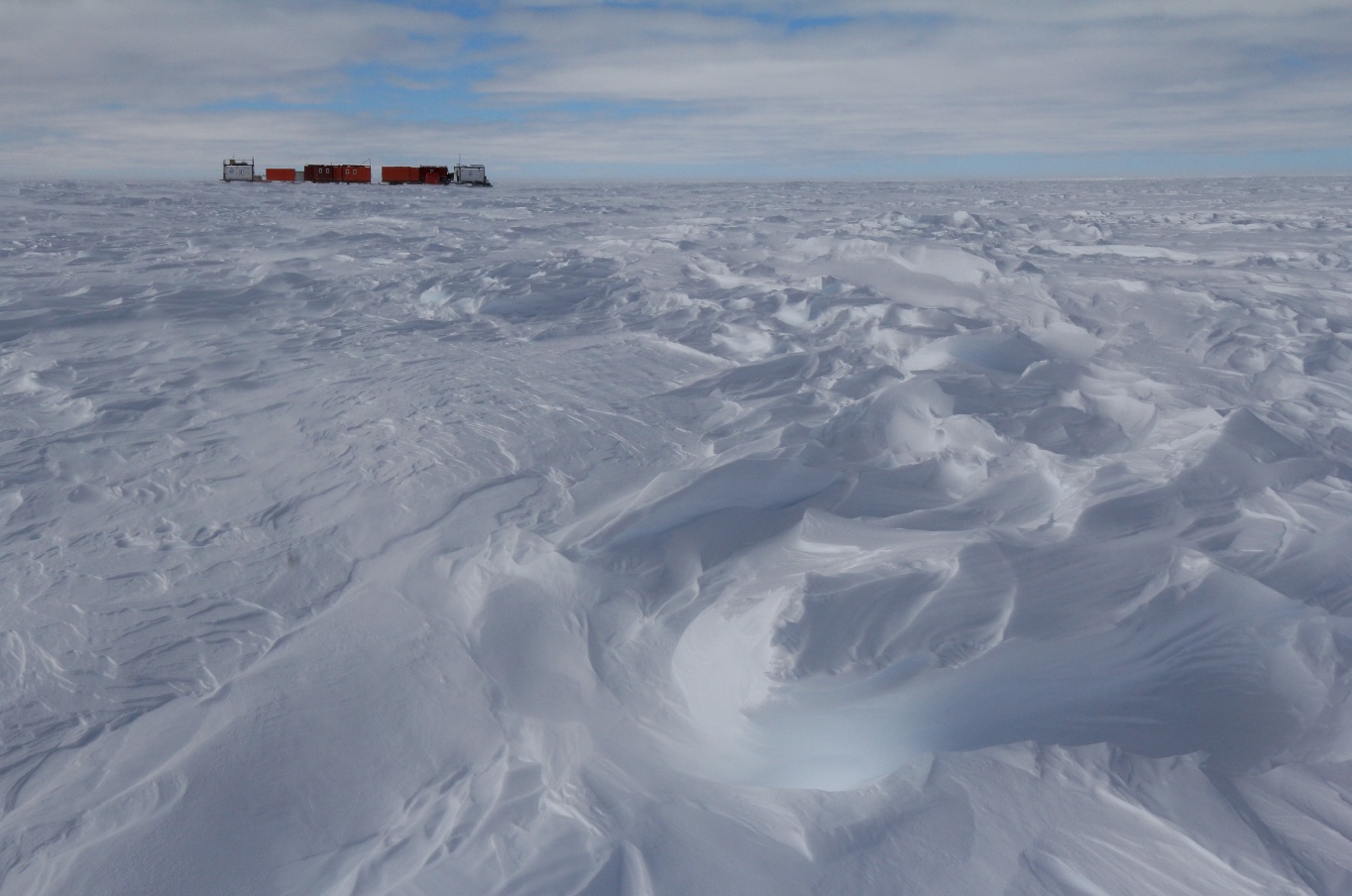

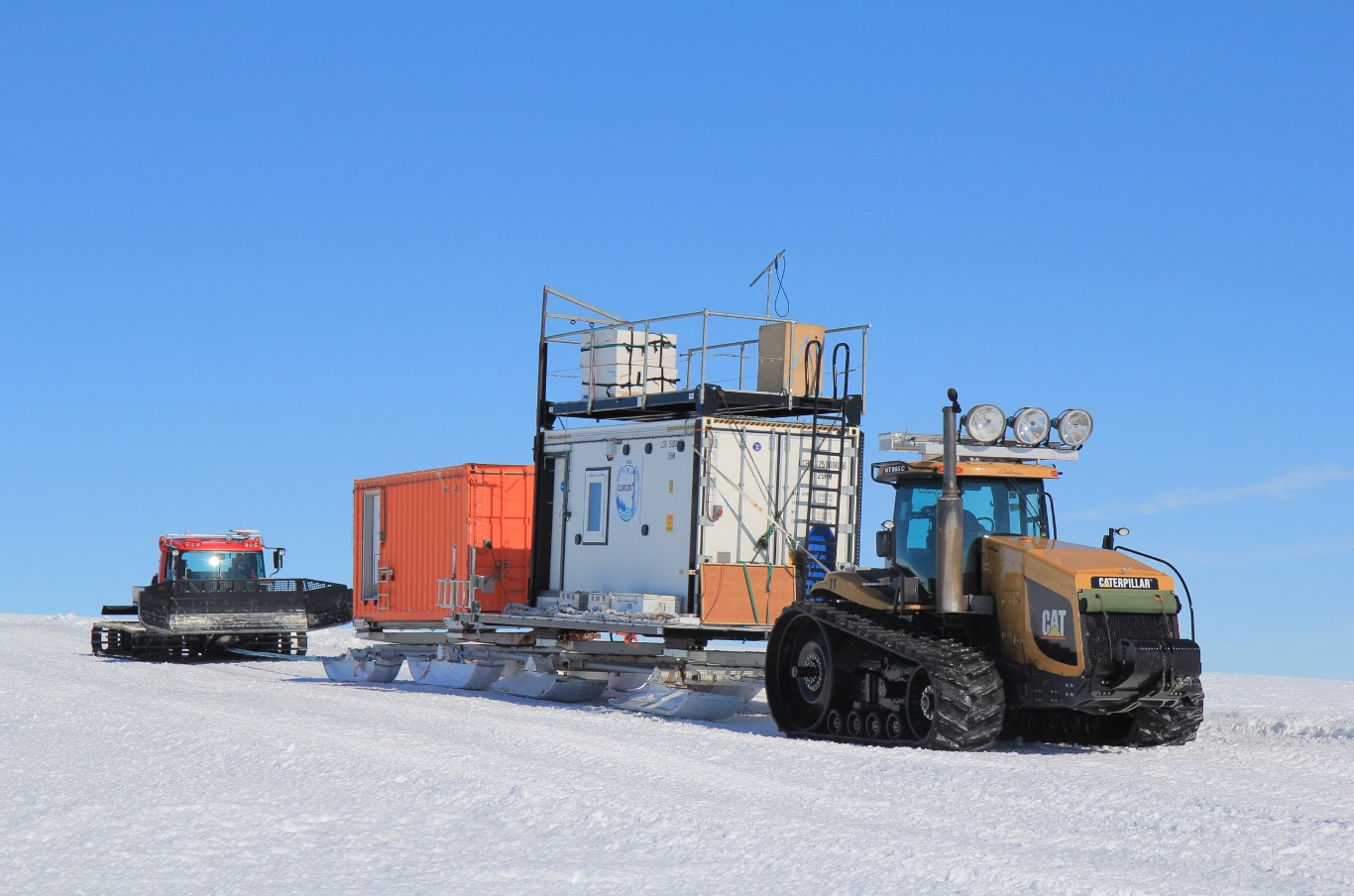
Earlier this year we had met up with Isabelle and Luc Henry who pointed us to an interesting challenge: tracking when barn owls enter and exit their nests.
Barn owls (Tyto alba) ecology is monitored in western Switzerland by putting up artificial nest boxes, which harbor almost all breeding individuals. When the owls nest, a wide range of physiological, physical or behavioral parameters can be measured in the adults or the chicks. However, to obtain these data researchers often have to catch the owls, thus inducing a light stress. The idea of this project is to monitor the movements of all the individuals all year round through a low-cost device, without any disturbance to the owls.
You can read more about it, on the website of our mother institution and on our website. We also had the chance of going back to the radio for another interview.
This has nothing to do with rovers, so why do it? It allows us to apply our skills to a completely different domain and solve problems that we would never have access to otherwise. We get to expand our world view and share the experience with others. This is what we’re all about.
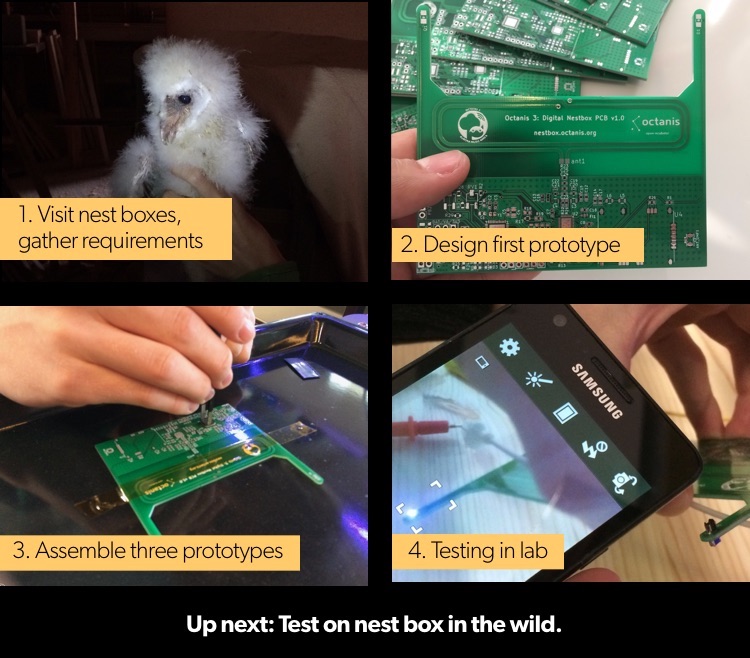
Throughout the development of the rover, we accumulated quite a bunch of tools and materials. Of course, these can be reused for other projects, and we want other people to have access to them to realize their own dreams! As lab space gets more and more a constraint both at Hackuarium and EPFL, we became creative in the way we store these tools and make them as accessible as possible.
This was when the idea for the Octanis Racks was born. One exhausting shopping tour at IKEA later, we had the basic materials to build this mobile shelf holding all the prototyping material you can dream of: soldering station, 3D printer, mechanical tools and measurement gear.
But it’s much more than that! We try to make this an attempt at changing the way we work and how we share tools. Racks will allow people to make anything they want at just a mouse click away, thanks to the fully automated access control to tools. After having built the world’s first Octanis Rack at Hackuarium, we made a replica on EPFL campus during just less than a semester, and more are to come…
The association has become very dynamic during the last half year, and this is mostly thanks to our weekly held Open Nights at the new MED building on campus of our home university, EPFL. These events attracted countless new members who pitched their project ideas or joined to work on an existing one.
Here are just some of them: Niccolo and Guillaume are working on the PYTA box (a smart container locking away your phone while you need to focus on studying or work), Beat is designing a quasi undestructable phone, or there’s Ana who organised multiple Cloudchamber nights, fascinating everyone with the visualization of ionizing radiation from space.
Did this spark your interest? Or did it plant the next big idea in your mind? Then wait no longer and join the team. We cant wait to hear from you!
When we are back in two weeks, we will start unboxing the rover (you can expect a video…), we will attempt a nestbox board deployment in the wild and we will progress on the rack, which will culminate in us putting the rack into public space at EPFL. There will also be the Octanis Open Nights open to all on Tuesdays at MED 32215, EPFL, 19:30 starting again on the 8th of August.
Last but not least: Thank you for being such an extremely supportive community. Either by helping us pay for rover communications, hardware or trips - or by encouraging us to continue, participating in our workshops, visiting on open nights, helping in projects. We are very grateful for this and we hope to meet your expectations in the time to come.
Catch you then and have a great summer!